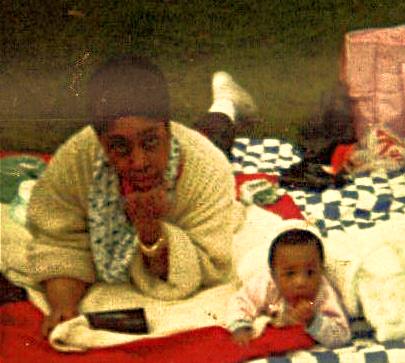
While Feminists have always painted themselves as a women’s movement they have in reality always represented a small segment of the population. They believe in and advocate a particular ideology that some women feel empowered by and other women feel oppressed by. It has always been a movement that represents some women and not all. This may seem like an obvious and even unproblematic statement to make and it would be if Feminists themselves did not purport to be a movement for all women. Feminism gives a history of the world not as conjecture but as fact and proposes their movement and its goals as a way forward. To summarize their basic premises; we live in a patriarchy, men have historically been unjust to women, fighting for equality would solve that historical and current injustice. The problem with this, both the theory and the proposed solution, is that there is no universal agreement from men or women that this problem exists* and thus even less agreement that the solution is warranted.
There’s also a problem with the idea that the solution is possible or ideal. For one, men and women are different —at least biologically and physically, in ways that most can agree upon. So one would have to ask, can you treat two groups that are fundamentally different the same? And if you could, would it be ideal to do so? For instance, what does it mean to treat a pregnant female employee equal to her male colleague who can never get pregnant? Is it justice to create policies like sick leave that both men and women can access and ignore the unique difference between recovering from an illness and recovering from pregnancy in addition to caring for a newborn? Or is it justice to offer parental leave to both men and women ignoring that despite the benefit a man can also give his child by being at home the woman who births a child needs physical recovery? While, for this example, some time to recover from birth and/or bond with a newborn is better than nothing to treat men and women equally in this instance is to ignore that they are not equal in crucial ways that should matter when determining what applied justice should entail.
The problem with “equality” as a marker for justice is that people and groups are often not equal. Sweeping equality that ignores that reality creates more injustice than it does justice. Justice should require assessing all necessary information and determining an outcome that would best suit the needs of that situation. But the premises of Feminism are far more concerning than it’s the solution. Within the idea of Patriarchy is the idea that women’s traditional work is insufferable, pointless and futile. Betty Friedan claimed to speak for women as a whole when she asked the question, “Is this all?” Assuming this to be the natural reaction of the woman who chooses to devout her life to her family over working outside the home. The critic of her perspective not being universal has been criticized many times over —even by Feminists themselves, bell hooks critique:
… From her early writing, it appears that Friedan never wondered whether or not the plight of college-educated white housewives was an adequate reference point by which to gauge the impact of sexism or sexist oppression on the lives of women in American society. (1)
And while this is an important critique it also crucial to note that many who did devout their lives to housewifery fervently disagreed with Friedan and the Feminist movement’s assessment of their life. The idea that their life boiled down to scrubbing floors and the wiping of running noses was a grave insult to many women who found a great deal of joy and purpose in that role. As Papazoglou states in her article, Despising Our Mothers, Despising Ourselves, “At no point did Friedan challenge the predominant male assumption that any work women engaged in must be intellectually unsatisfying, professionally unrigorous, and socially marginal.”
Before looking at Feminism to solve our ‘problems’ we have to ask if we agree with their premises, assessment of the problem or even if a fundamental problem exists between the sexes, with gender itself or with gendered roles. Whatever our answer to that question will determine the strength of the Feminist solution. And I would wager to guess that women’s (and men’s) opinions on this question would vary greatly. And thus limit the applicability of the Feminist response. However, what it or any ‘women’s movement’ could potentially solve are the issues that women share universally; menstruation, pregnancy, childbirth, menopause, etc. These are all issues (not problems inherently) that women have to deal with. Any woman from any belief system can rally around women’s access to sanitary pads, after birth care, maternity leave, etc.
There will remain disagreements about how to deal with each of these issues but each woman can at least attest that these issues are a part of our shared reality. Feminism is now focused on issues that are not shared by all women; some women don’t mind men taking on the majority of leadership roles, some don’t believe in abortion and some don’t accept that transwomen are women. If Feminism continues to focus on these issues they cannot in good conscious call themselves a movement for all women. At best they are a group dedicated to an ideology that serves the purposes of a particular an increasingly limited cohort.
- 4 Big Problems With The Feminine Mystique by Ashley Fetters
Photo by Ethan Haddox on Unsplash





Recent Comments